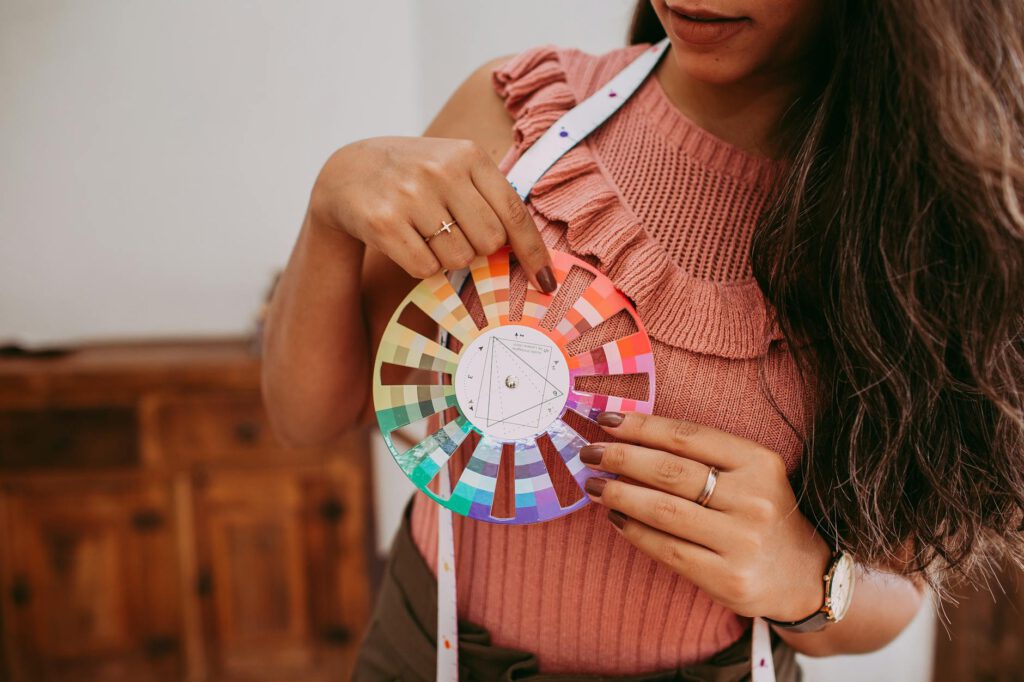****
Introduction
The fashion industry is one of the largest contributors to global waste, with millions of tons of textiles ending up in landfills each year. As sustainability becomes a priority for consumers, small fashion brands have a unique opportunity to stand out by embracing upcycling—transforming discarded materials into high-quality, stylish products.
Upcycling not only reduces environmental impact but also fosters creativity, lowers production costs, and appeals to eco-conscious shoppers. This guide provides a step-by-step approach to integrating upcycling into your fashion brand, from sourcing materials to marketing your sustainable creations.
Why Upcycling Matters for Small Fashion Brands
Upcycling is more than a trend—it’s a sustainable business model that aligns with the growing demand for ethical fashion. Small brands, in particular, can leverage upcycling to:
- Reduce costs by repurposing existing materials instead of buying new fabrics.
- Differentiate their brand with unique, limited-edition designs.
- Minimize waste and lower their carbon footprint.
- Build customer loyalty by appealing to environmentally aware shoppers.
By adopting upcycling, small fashion brands can create a competitive edge while contributing to a circular economy.
Step 1: Sourcing Upcycled Materials
The first step in upcycling is finding high-quality discarded materials that can be transformed into new garments or accessories. Here are some key sources:
1. Deadstock Fabrics
Many textile manufacturers and larger fashion brands have excess fabric that goes unused. Reach out to local suppliers, warehouses, or online marketplaces like Queen of Raw or FabScrap to purchase deadstock materials at a discount.
2. Secondhand Clothing & Thrift Stores
Thrift stores, vintage shops, and online platforms like Depop or ThredUp offer a wealth of pre-loved garments that can be deconstructed and repurposed. Look for durable fabrics like denim, wool, or cotton.
3. Industrial & Household Waste
Unconventional materials like seatbelts, banners, or even old curtains can be creatively upcycled into fashion pieces. Partner with local businesses or recycling centers to source these materials.
4. Customer Take-Back Programs
Encourage customers to return old clothing in exchange for discounts on new purchases. This not only secures materials but also strengthens brand engagement.
Step 2: Designing with Upcycled Materials
Upcycling requires a flexible and innovative approach to design. Unlike working with new fabrics, upcycled materials may have imperfections, limited quantities, or unique textures. Here’s how to design effectively:
1. Assess Material Quality & Limitations
Before designing, evaluate the durability, stretch, and wearability of each material. Some fabrics may need reinforcement or special stitching techniques.
2. Embrace Imperfections
Upcycled fashion thrives on uniqueness. Instead of hiding flaws, incorporate them into the design—patches, visible stitching, or asymmetrical cuts can add character.
3. Modular & Zero-Waste Patterns
Use pattern-making techniques that minimize waste, such as:
– Zero-waste cutting (designing patterns that use every inch of fabric).
– Modular designs (creating interchangeable pieces that can be mixed and matched).
4. Test & Prototype
Before mass-producing, create prototypes to ensure the upcycled materials hold up during wear and washing.
Step 3: Production & Quality Control
Once designs are finalized, the next step is production. Since upcycled materials vary, maintaining consistency can be challenging. Follow these best practices:
1. Work with Skilled Artisans
If sewing or reconstructing garments in-house isn’t feasible, collaborate with local tailors or seamstresses experienced in working with unconventional fabrics.
2. Reinforce Seams & Stress Points
Upcycled fabrics may be weaker than new textiles. Use techniques like double-stitching, bar tacking, or interfacing to reinforce high-stress areas.
3. Batch Production for Consistency
Group similar materials together to maintain uniformity in each batch of products.
4. Quality Checks
Inspect each piece for durability, stitching integrity, and overall finish before selling.
Step 4: Branding & Marketing Your Upcycled Fashion
Sustainability alone isn’t enough—your brand must communicate its upcycling efforts effectively to attract customers.
1. Tell Your Story
Consumers love brands with a mission. Share behind-the-scenes content on:
– Sourcing (e.g., “This jacket was made from vintage military tents”).
– Design process (e.g., “Hand-stitched from reclaimed denim”).
2. Highlight Scarcity & Exclusivity
Since upcycled pieces are often one-of-a-kind, market them as limited editions to create urgency.
3. Leverage Certifications & Partnerships
If possible, obtain sustainability certifications (like GOTS or OEKO-TEX) or partner with eco-conscious influencers to boost credibility.
4. Educate Consumers
Use blogs, social media, and product tags to explain the environmental benefits of upcycling.
Tools & Resources for Upcycling Fashion Brands
To streamline your upcycling efforts, here are some valuable tools:
- FabScrap – For sourcing deadstock fabrics.
- Queen of Raw – A marketplace for surplus textiles.
- Depop/ThredUp – To find secondhand materials.
- Zero Waste Design Online – Courses on sustainable pattern-making.
- Canva – For creating compelling sustainability-focused marketing materials.
FAQs About Upcycling for Fashion Brands
1. Is upcycling cost-effective for small brands?
Yes! While labor costs may be higher, sourcing discarded materials is often cheaper than buying new fabrics.
2. How do I ensure upcycled garments are durable?
Reinforce seams, use high-quality thread, and test materials before production.
3. Can upcycled fashion be scalable?
Yes, but it requires strategic sourcing and modular designs to maintain consistency.
4. How do I market upcycled fashion effectively?
Focus on storytelling, exclusivity, and transparency about your sustainable practices.
Conclusion
Upcycling presents an exciting opportunity for small fashion brands to innovate, reduce waste, and appeal to eco-conscious consumers. By carefully sourcing materials, designing creatively, maintaining quality, and marketing authentically, your brand can thrive in the sustainable fashion movement.
The shift toward circular fashion is not just a trend—it’s the future. Start small, experiment, and let your upcycled creations tell a story that resonates with your audience. The planet—and your customers—will thank you.

